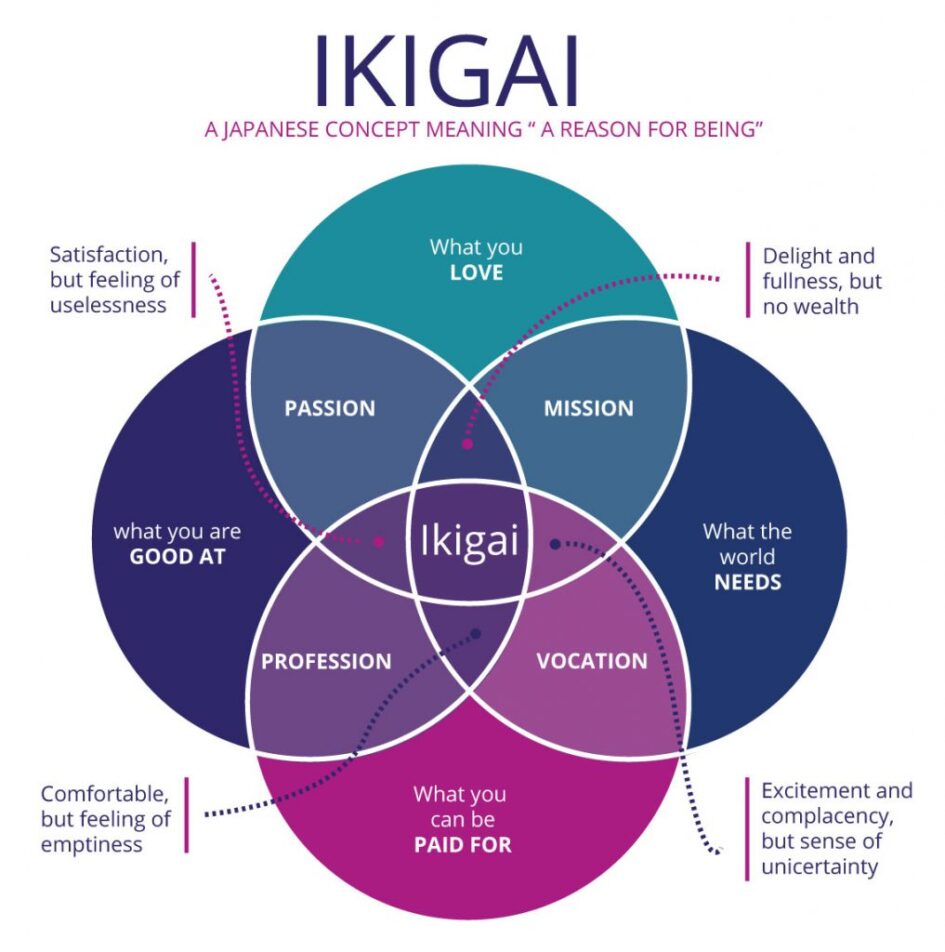Every time my dad and I go on a long drive, we always tend to have serious discussions that range from my career choices to a wrong selection in the Indian cricket team for an important match. On one particular drive, I remember gaping at a Ferrari 812, being driven by a man of around 25 years. My covetous mind immediately had me imagining myself being that successful. My dad noticed my gaze and snapped me out of it. I couldn’t help but ask him a silly question: Do you think I can ever be that successful? He quickly told me that money is not the yardstick to measure success; the rich will always look to get richer while the poor try to bridge the gap amidst an ordinary life. What he said next nearly summarized the essence of life for me. He said ”Life, till your last breath is going to be like four jars with three lids. No matter how hard you try to cover all the bottles representing prosperity, health, satisfaction, and family, it is inevitable that you will miss something. Embrace the shortcomings and always have a positive mindset.” This had a profound effect on the way I looked at life. I came across a book that celebrated a similar approach and immediately read it. Here is a review and my takeaways from this captivating book.
“Ikigai: The Japanese Secret to a long life” written by Francesc Miralles and Hector Garcia is built around an ancient technique prevalent in the Okinawa village in southern Japan. This heirloom through time has translated into the long and meaningful lives of the villagers. “Iki” means life and “Kai” means the realization of hopes and expectations. With the reference of “5 Blue zones,” the authors explain how these specific locations are the reasons residents grow younger mentally and age physically.
Ikigai states the undeniable fact that it is impossible to live an appeased and long life without a sense of purpose and vision. Vision is the glue that keeps us on track and headed towards the accomplishment of our goals. An aimless life would succumb to cravings and desires with no sense of good and bad, ergo it is important to take a deep plunge within ourselves to discover the meaning of life rather than creating one superficially. Finding an Ikigai can take as short as 5 minutes or can take even months for some. In the journey of finding an Ikigai, we must find the flow and immerse ourselves in the experience without being flustered by the surroundings and people around us. Ikigais, ironically are rarely related to one’s job yet one must practice it like a hobby and never retire from it. Towards the end of the book, the author explains the various techniques used to strengthen our physical and mental health, namely yoga, meditation, wabi-sabi.
Wabi-Sabi is a way of looking at biorhythms that appreciates transience and imperfection. Wabi refers to an unsymmetrical or uneven form of beauty and Sabi refers to the beauty in gracefully aged things and speaks volumes about the impermanence of birth through callous time.
In my opinion, the book is a must-read for all the folks stepping in or stepping out of college because it is an eye-opener and untwines the volatile teen mind. Unlike a magical potion, this technique is not a quick-fix and will not miraculously clear the pandemonium in our minds. It just asks the right questions and when answered genuinely with an open mind and the capacity to embrace change, it can act as a prescription to a sorted and blissful life. The journey from interest to commitment is the toughest but the most fruitful. The process of finding an Ikigai includes answering four simple questions:
1.What do you love?
2.What are your strengths?
3.What can you be paid for?
4.What does the world need?
The intersection of the Venn diagram produced after plotting a set of responses is the Ikigai. Sometimes there can be a void in the intersection area and according to me, this is a substantial setback of this technique. The author does not prescribe anything for people falling under this category. Social media and the people around them can influence a person substantially, thus their Ikigai can change from time to time. It is okay to have an oscillating Ikigai as long as we are honest in answering the questions and stay motivated. The applications of this technique in one’s decision-making excites me the most. Startups use Ikigai to evaluate the viability of a business idea. An idea that can manifest a passion will be a sure shot success. For example, P C Mustafa the CEO of ID(Idly & Dosa) Fresh food, was a successful engineer with a lucrative MNC Job yet after completing his MBA from IIM, he decided to feed his passion by selling South Indian traditional foods. What started in a small apartment has now turned into a 140 million dollar business across India, the USA, Abu Dhabi, and Dubai. Like him, even I aspire to find flow in my Ikigai and convert my fond passion into a successful business. I would encourage all the readers to find their own Ikigai when in doubt by honestly answering the above questions and remember to treat it like a guideline and not a hard-fast rule.



Leave a Reply